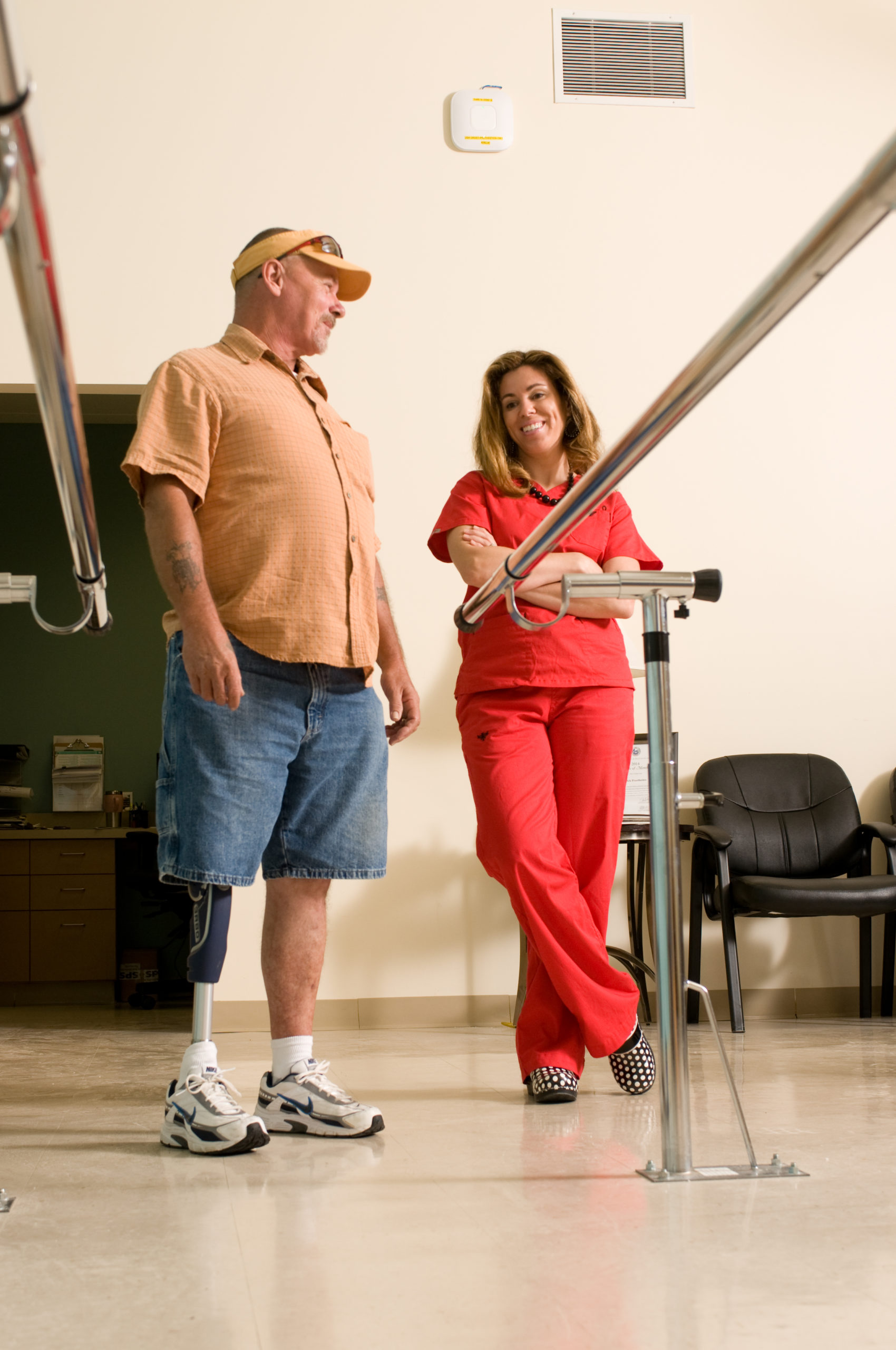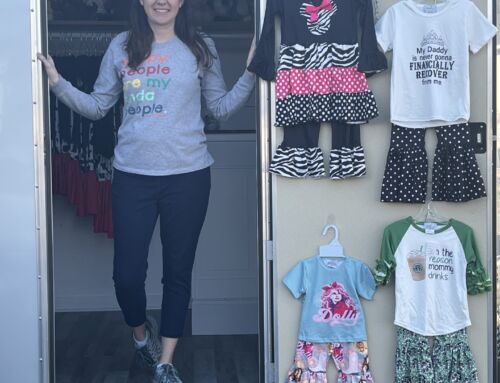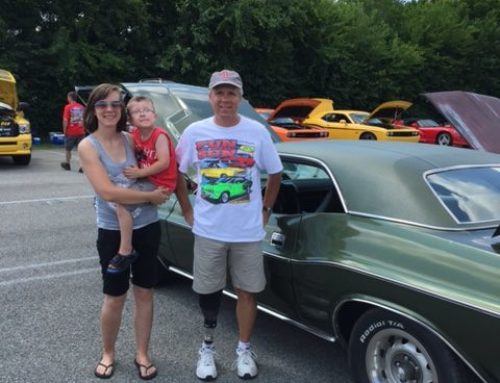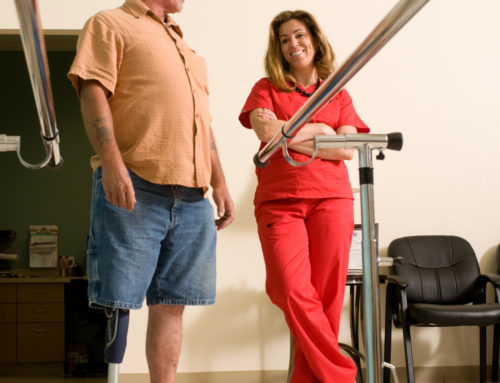Supporting and empowering those effected by limb loss to reach their full potential!

It’s hard to imagine losing a limb and what that might feel like physically and emotionally. And although it’s a difficult process, having a compassionate professional to support and help you can make all the difference. In the US, fewer than .5% of people have an amputation, but that number is likely to grow because of the rising rate of obesity.
A lower-limb amputation may involve a toe, a foot, part of the leg below or above the knee, or an entire leg (at the hip). Upper-limb amputation can include one or more fingers, a hand, part of the arm below or above the elbow, or an entire arm (at the shoulder). People who have lost a limb wear a prosthesis – an artificial device that replaces a missing body part.
The expert who designs, fits, and adjusts and teaches people how to use a prosthesis is called a prosthetist. Each prosthesis is custom made and fit to the patient. The prosthetist works with the physician to replace the missing limb that was lost due to amputation, congenital deformities, injury, cancer, or a blood vessel disorder like diabetes.
Step by Step
After surgery the prosthetist meets with the patient in the hospital. They get to know each other and talk about expectations and the recovery process. “It’s important for me to talk honestly and share all the information I can about what to expect when it comes to the prosthetic journey,” says Traci Kilmartin, Certified Prosthetist at University Surgical. “I do an evaluation and make a preliminary decision about what type of prosthesis will fit their needs and lifestyle after they heal.”
If ordered by the patient’s doctor, the residual limb is fitted with an elastic sock called a shrinker. It helps reduce swelling, shape the residual limb, and prevent irregularities that can make fitting the prosthetic limb more difficult. It also improves circulation while reducing the likelihood of pain the in the amputated limb (called phantom pain). Because every person is different, the time the shrinker is worn varies from person to person.
After the limb heals, the prosthesis is fitted by taking a plaster mold of the residual limb. The arm or leg fits into this mold called a socket. “We design the socket to distribute pressure evenly. This makes it more comfortable and prevents skin abrasions and wounds. It needs to fit intimately, and we use suction to hold the prosthesis on the residual limb,” says Kilmartin. “If the socket doesn’t fit comfortably and appropriately, it can negatively impact someone’s overall function and success.”
Once the socket is fitted, the appropriate components are attached to the socket and are aligned to help the person use them safely and efficiently. The prosthetist also evaluates the person’s gait, or the way they walk. This isn’t a quick process, and it often takes several appointments to get things adjusted and as comfortable as possible.
Improved Equipment and Expertise
Technology keeps improving, making prosthetic limbs more functional and comfortable than ever before. When someone is highly motivated to living an active life, they can accomplish great things and live more fully without limitations. We know that these factors impact a person’s mobility:
• The way the prosthesis fits and how stable and comfortable it feels
• The type of socket and components
• The patient’s health, age, goals and determination
Helping People Meet Their Goals
Every person who comes to USA Prosthetics has personal goals for their life and activity after surgery, and those factors help determine the design of their new limb. Many options are available to help people get back to their desired level of activity – whether that’s playing in the park with their grandkids or running road races again.
After limb loss, success is reached through team work – the doctor, prosthetist, physical therapist and the individual working together to a achieve the best fit and function. “Our team at University Surgical is so helpful and caring. It sounds trite, but they go above and beyond to help our patients,” says Cathy Henderson, prosthetics manager. “Because it’s a difficult time in someone’s life when they need our help, we develop strong connections and get attached to the people we serve. They truly become friends for life.”
For more information about USA Prosthetics, click here or call 423-493-2395.







Leave A Comment